[ instagram.com/jungulf.mott ]This blog serves as a supplement to my Instagram account; to elaborate further on specific posts beyond Instagrams photo and character limit per post, as well as to post content that may not fit the theme of my Instagram account. My primary focus is my art and academic study related to Carolingian and Ottonian Europe. Other topics include film, literature (particularly Beat Generation), architecture, and antiques.
Don't wanna be here? Send us removal request.
Text

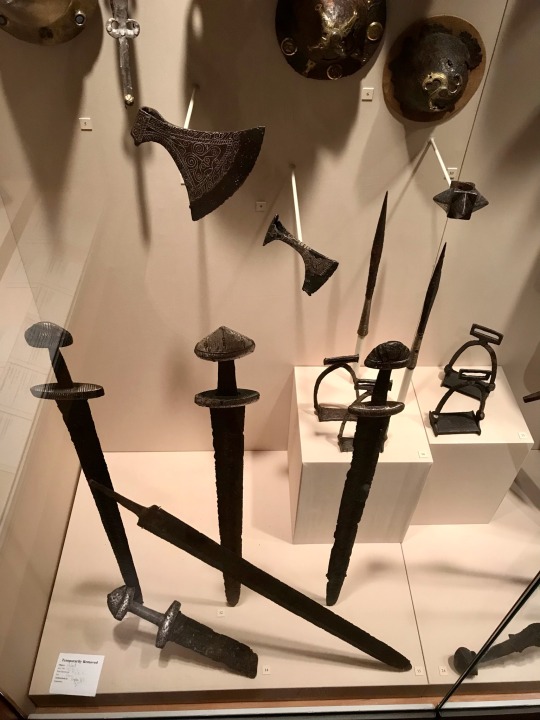


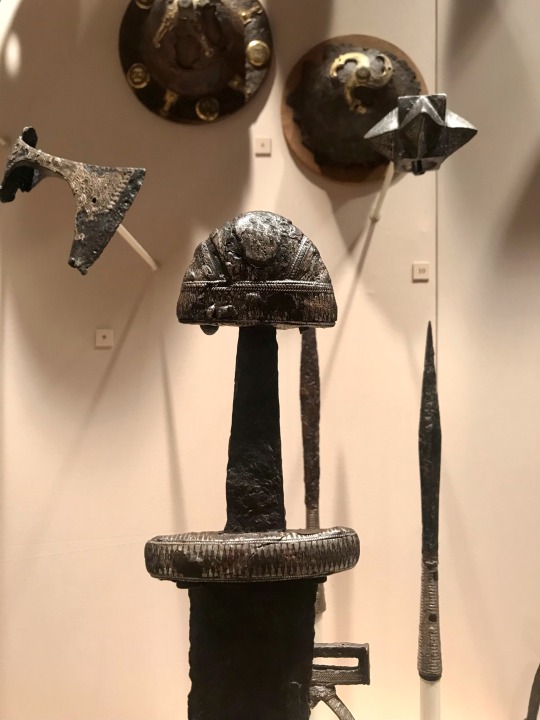
Upon careful observation, one will see that the the pommels of these Viking Age sword are crooked; more noticeably on the center sword. This was a deliberate feature incorporated by the craftsman to allow for optimal grip ergonomics and biomechanics. Linked is a video by Roland Warzeca on grip ergonomics @ 7:35.
11. Sword
Steel, copper, silver, niello
Weight, 2 lb. 4 oz. (1020 g)
European, probably Scandinavian,
about 900-1000
12. Sword
Steel, iron, silver, copper alloy
Weight, 3 lb. 5 oz. (1497 g)
Germanic or Scandinavian, about 850-900
This blade is inlaid in iron with +VLFBEHRT+, indicating that it was made or inspired by the swordsmith Ulfberht. He is thought to have worked in the Middle Rhine region of Germany, and his blade-making style and signature were emulated for generations.
13. Sword
Steel, silver, copper alloy
Weight, 2 lb. 10 oz. (1177 g)
Scandinavian, about 950-1000
Displayed at The Metropolitan Museum of Art, New York City, United States.
youtube
4 notes
·
View notes
Text
Early Medieval depictions of the Christ’s crucifixion, from ‘OTTO DER GROSSE Magdeburg und Europa, Band II Katalog’ (2001). II. 16 Ivory relief with Crucifixion and Descent from the Cross Constantinople, mid 10th century Ivory, left wing of a diptych, incisions for hinges in the outer edge of the right margin. H. 22.6 cm, W. 12.2 cm. Hanover, Kestner-Museum, inv. no. WM XXI a, 44 b III. 22 Sacramentary of Essen Essen, third quarter of the 10th century (after 962) Parchment, 236 leaves. - drawing in brown ink; little, not opaque color. - Leather binding from 1912. -H. 27.5cm, W. 19.5cm. Düsseldorf, Universitäts- und Landesbibliothek, Ms. D 2 III. 24 Four panels with Passion scenes Lorraine (?), mid 10th century a) Last Supper and Jesus on the Mount of Olives Ivory.-H. 11.6 cm, w. 9.15 cm (Last Supper); H. 11.75 cm, W. 9.15 cm (Mount of Olives). London, The British Museum, inv.no. MLA 1978.5-2.9 and MLA 1978.5-2.8 b) Crucifixion and women at the grave Ivory. -H. 11.9 cm, W. 9.1 cm (Crucifixion); H. 11.9 cm, W. 9.1 cm (women at the grave). Essen, Hohe Domkirche, Domschatzkammer IV.15 Evangeliary and Sacramentary Fragment Ivory relief: Constantinople, mid or third quarter 10th century; Manuscript: Reichenau, around 970, Corvey fragment, late 10th century Parchment, 5 + 206 leaves. - Full color painting and gold. Original wooden cover with ivory relief.-H. 30.5 cm, w. 22.5 cm; Ivory relief: H. 15.3 cm, W. 11.6 cm. Leipzig, Universitätsbibliothek „Bibliotheca Albertina", Ms. Rep. I 57 (olim Stadtbibliothek, cod. CXC)

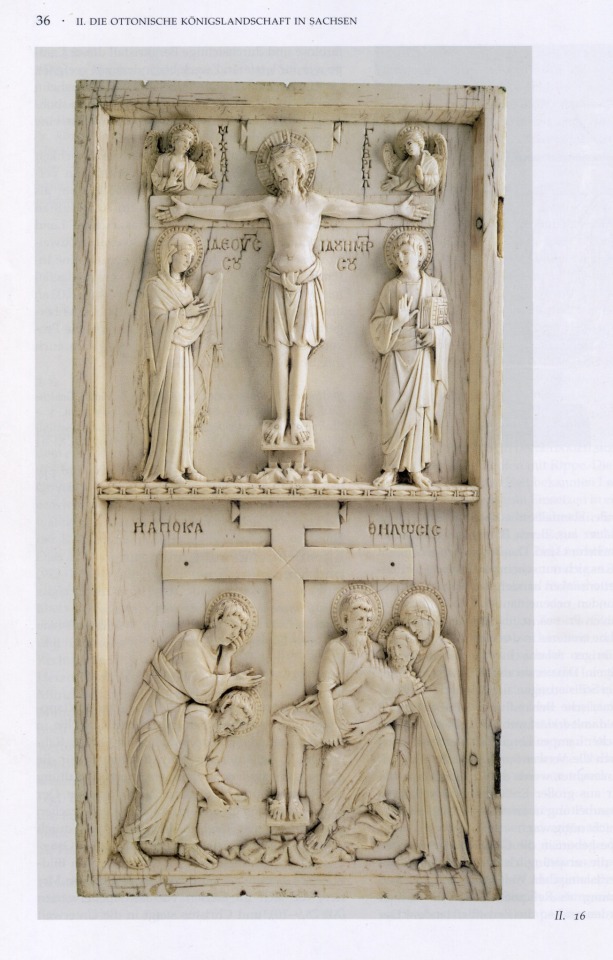
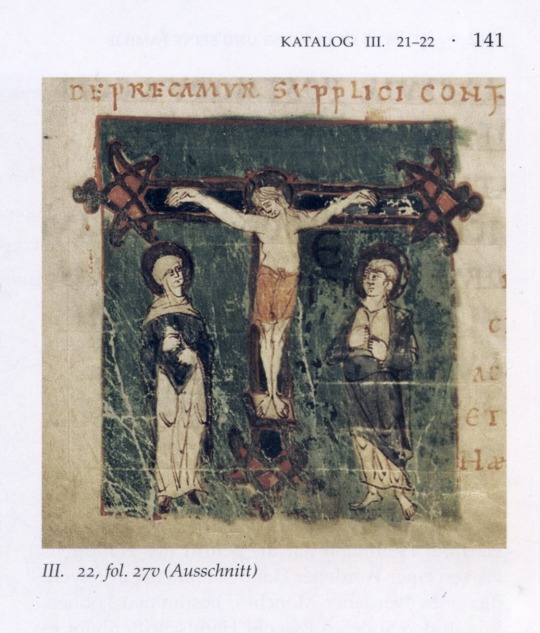
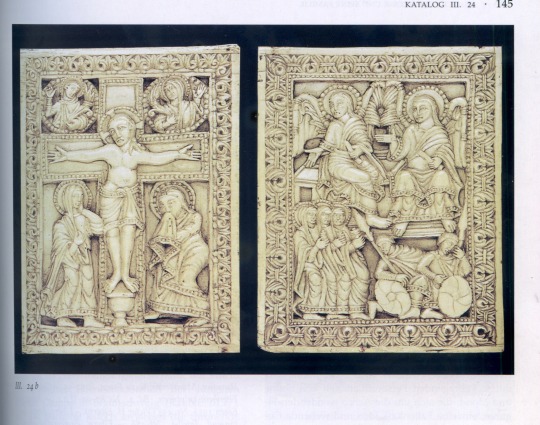

#art#history#archaeology#early medieval#vikingage#ottonian#ottothegreat#frankish#eastfrancia#christianity#christ#crucifixion
0 notes
Text
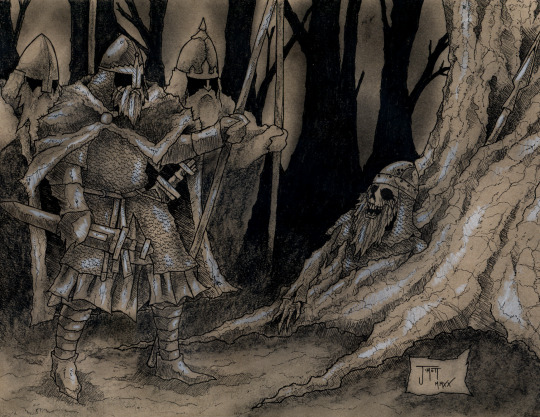
Jungulf Mott The družina return the ancestral sword to the ancient draugr, 2020 Pen & ink, charcoal, and coloured pencil on paper
#art#illustration#history#vikings#vikingage#archaeology#draugr#ottonian#europe#viking sword#viking helmet
6 notes
·
View notes
Text
The title of my blog originates with a runic inscription, and it is fitting that my first blog post would cover that.
From Wikipedia:
“The Bergakker inscription is an Elder Futhark inscription discovered on the scabbard of a 5th-century sword. It was found in 1996 in the Dutch town of Bergakker, in the Betuwe, a region once inhabited by the Batavi. There is consensus that the find dates from the period 425-475 and that the inscription is either the singular direct attestation of Frankish (Franconian) or the earliest attestation of Old Dutch (Old Low Franconian).”

Additionally, here is an entry from ‘Texts and Contexts of the Oldest Runic Inscriptions’ (Looijenga, 2003) :
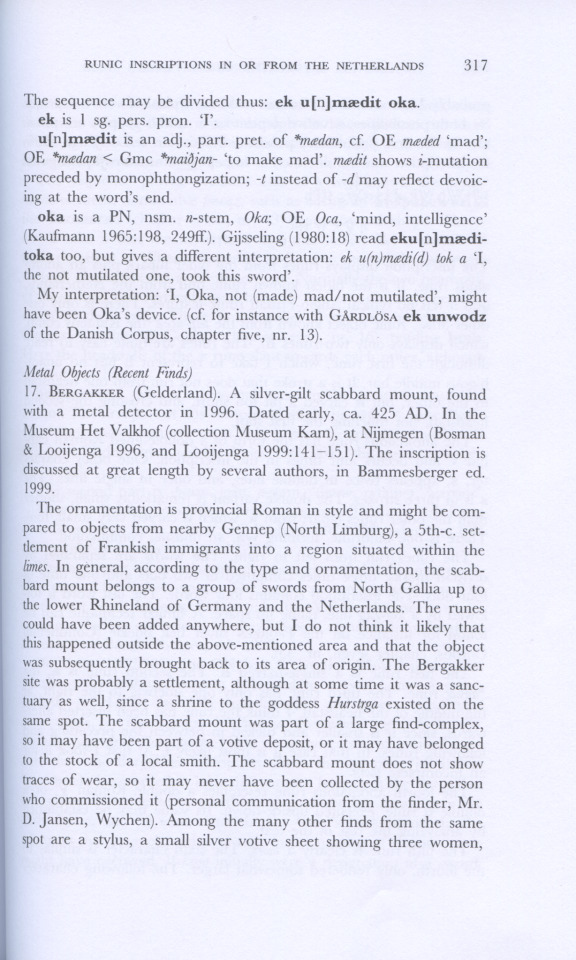
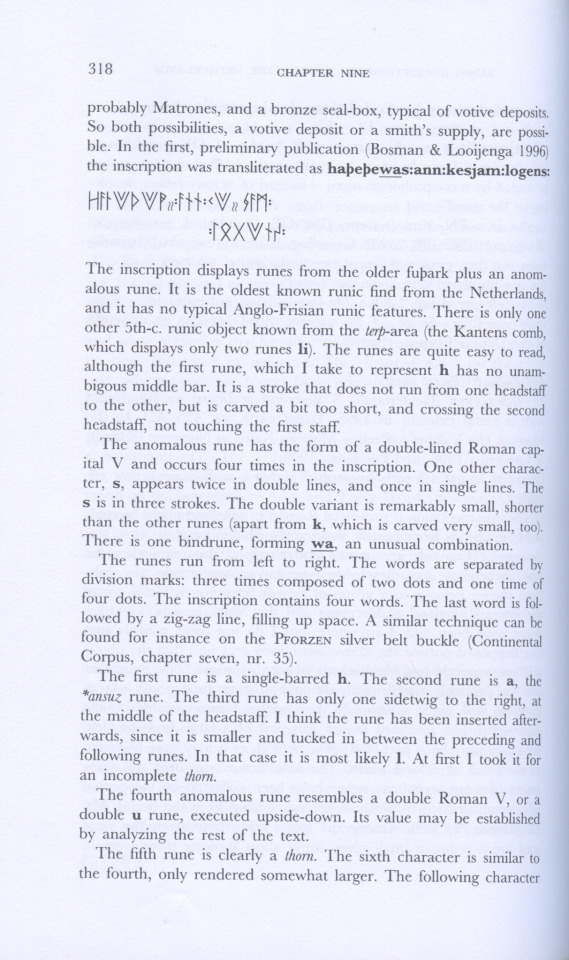
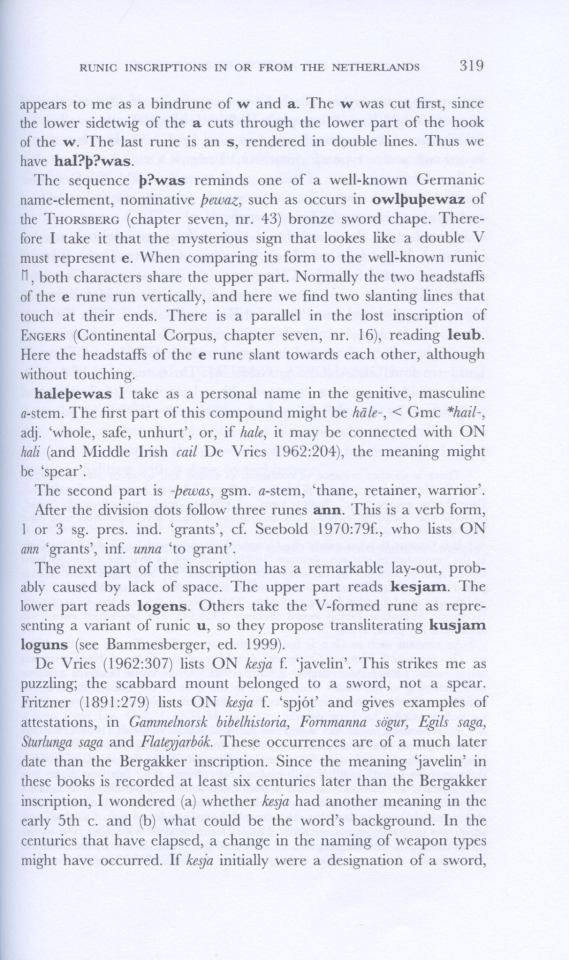

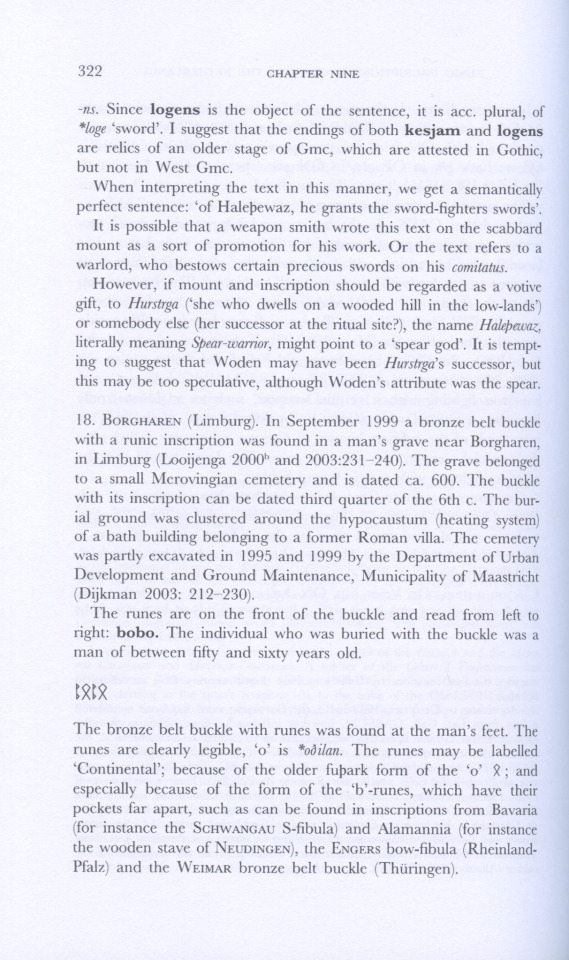
#runes#runic#bergakker#frankish#frisian#history#migration period#vikingage#merovingian#carolingian#europe#vikings
1 note
·
View note